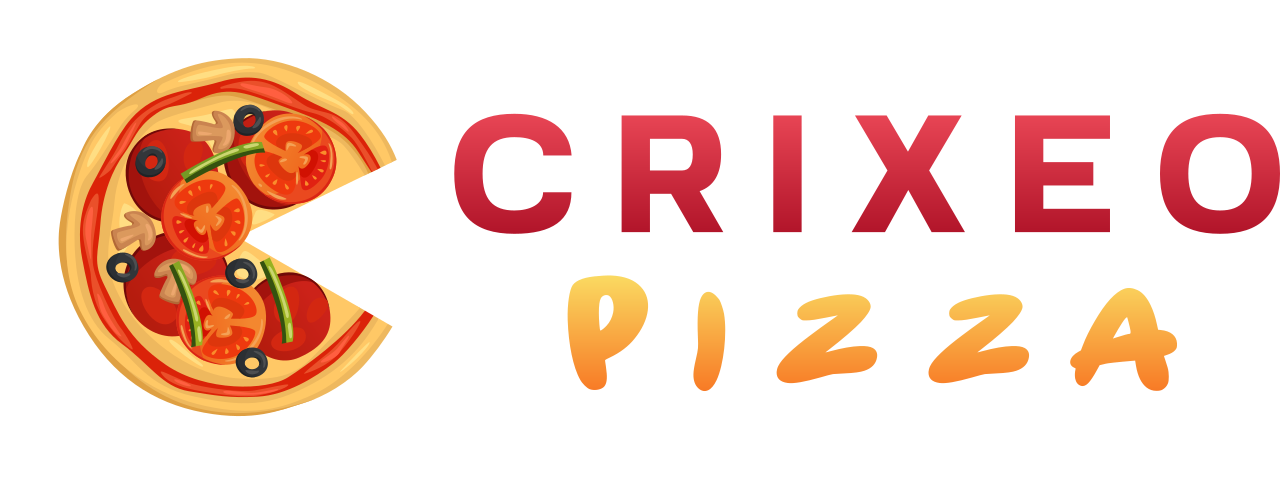Lorenzo Rossi brings his authentic Italian flair to every piece he crafts. As a seasoned pizza owner in Italy, Lorenzo combines his deep culinary expertise with a passion for storytelling.
Overview of Key Challenges in the Pizza Industry
Competition and Market Saturation
The pizza industry in the United States is characterized by its intense competition and market saturation. With an average of one pizzeria for every 5,100 people, small and independent pizza business owners often find themselves in a cutthroat battle for market share. This level of competition can lead directly to the closure of those establishments that fail to stand out. Consolidation within the industry is anticipated, suggesting that smaller, weaker brands may either be acquired or forced to close as larger chains continue to dominate. This trend towards consolidation highlights the intense competition within the industry.
Financial Challenges
Another significant challenge facing the pizza industry is financial sustainability. Many pizza shops, particularly the small, independent ones, are initiated by entrepreneurs who might lack the necessary business and financial management skills. This lack of experience can lead to unsustainable business operations. Moreover, the high startup costs and underestimation of ongoing expenses can financially strain these small establishments, making it difficult for them to sustain operations long-term. The financial challenges faced by these small businesses are a critical factor attributing to their high closure rates.
Turnover of Ownership
High turnover among pizza shop owners further exacerbates the industry’s instability. Many individuals enter the pizza business with little to no experience or qualifications, attracted by the industry’s apparent simplicity and the ubiquity of pizza as a popular food choice. This lack of experience can lead to poor management decisions and, ultimately, business failure. The turnover of ownership reflects a deeper issue within the industry, where enthusiasm may be plentiful, but expertise is scarce.
Specific Examples and Trends
In recent times, even established pizza chains have not been immune to these industry-wide challenges. MOD Pizza, for instance, closed 26 stores due to underperformance, as reported by AL.com. Similarly, a pizza chain with over 500 locations is reportedly exploring a turnaround plan amid bankruptcy rumors, highlighting the financial difficulties even sizable chains face. These examples underscore the pervasive nature of the challenges within the pizza industry – from financial mismanagement to fierce competition.
Reddit Discussion
A glance at discussions on platforms like Reddit provides anecdotal evidence of the high turnover and failure rates among pizza shops. One comment noted that in a small town, six consecutive sub shops opened and shut down within a ten-year period. This story shared on Reddit highlights the challenges of sustaining a profitable pizza or sub shop in a crowded and competitive market. It’s a stark reminder of the industry’s volatility and the high risks associated with entering the market without a solid business plan and differentiation strategy.

Additional Insights and Conclusion
High Failure Rate
The pizza industry can be a difficult terrain for new entrants and established entities alike, with an estimated 60% of pizza stores failing within the first three years of operation. The reasons for this high failure rate are multifaceted. Operating in an environment with stiff competition, many pizza store owners, especially the inexperienced ones, find it tough to maintain a lucrative balance between quality, price, and service. Financial mismanagement, poor planning, and underestimation of operational costs further exacerbate the situation, leading to many stores shuttering before they can establish a sustainable business model.
Consolidation
As the industry evolves, a pervasive trend towards consolidation is becoming increasingly evident. Smaller, independently owned pizza stores are finding it tougher to compete with larger chains that capitalize on economies of scale in ingredient purchasing, marketing, and operational efficiencies. This consolidation is likely to result in a market dominated by fewer but stronger brands, potentially leaving little room for mom-and-pop shops. The resulting competitive landscape could lead to improved quality and innovation but also poses a significant barrier to entry for new entrepreneurs. The concept of consolidation is further supported by reports highlighting a trend where struggling chains explore turnaround plans or face acquisition.
Financial Challenges
One of the most significant hurdles facing pizza store owners is financial management. The high cost of startup expenses such as leasing or buying a venue, purchasing equipment, and securing a steady supply of ingredients can be daunting. Moreover, the underestimation of ongoing operational costs, including labor, utilities, and marketing, can lead to cash flow problems. These financial challenges are a predominant factor behind the closure of many pizza stores, underscoring the necessity for sound business planning and adequate capital provisioning before launching.
Links to Company Websites and Credible Sources
For individuals interested in exploring more about the pizza industry, including opportunities and comprehensive insights, the following resources offer valuable information:
- Great Place To Work® provides perspectives on creating a thriving workplace culture.
- KPMG International offers insights into financial and operational strategies for success.
- McKinsey & Company delivers analysis on a wide range of industries, including food and beverage.
- BOLT ON Technology shares innovations in business management tools.
- Aaron Allen Blog provides industry insights specifically around the restaurant and hospitality sectors.
- For community-based discussions, Reddit’s pizza community offers real-life experiences and advice from pizza entrepreneurs and enthusiasts.
Summary
In closing, while the specific percentage of pizza stores going out of business was not explicitly mentioned, the collective insights and discussions from credible sources suggest a challenging landscape for the pizza industry. It’s characterized by a high failure rate due primarily to intense competition, financial mismanagement, and operational inefficiencies. The evolution towards market consolidation indicates a future where adaptability, financial acumen, and a focus on quality will be more important than ever for survival and success.






